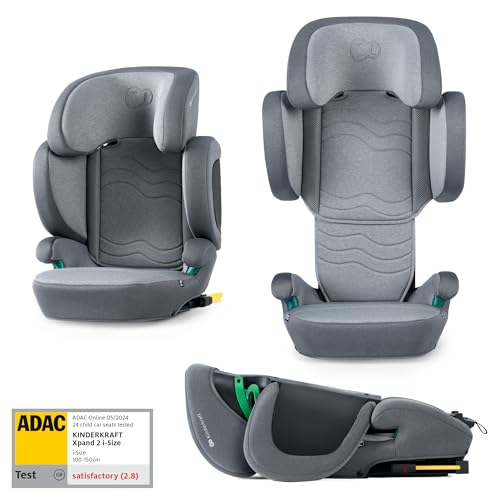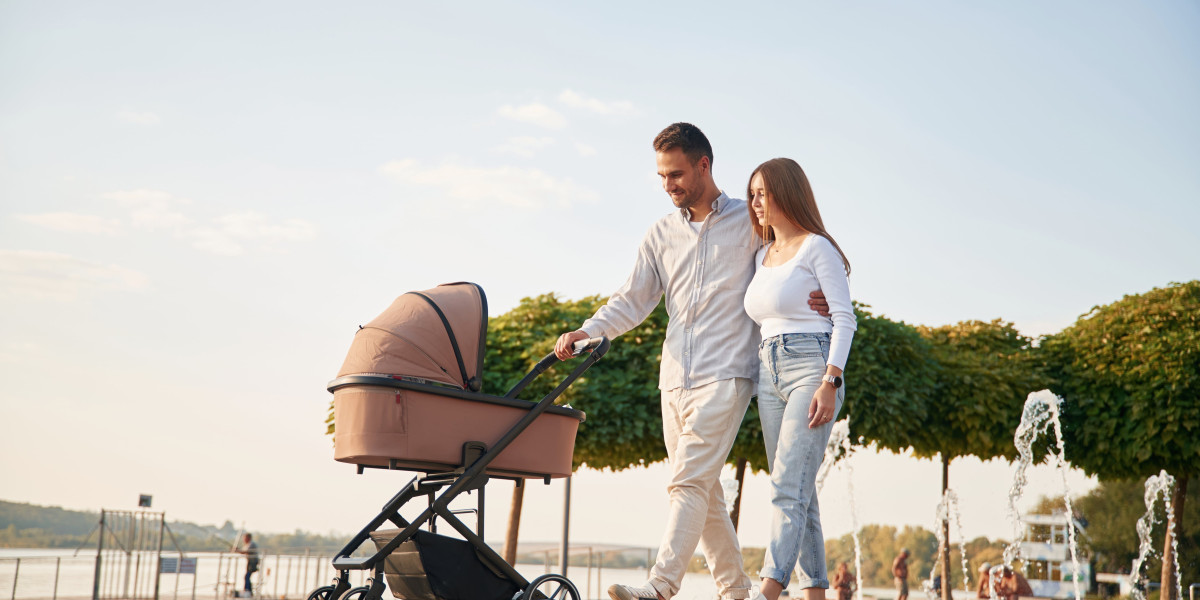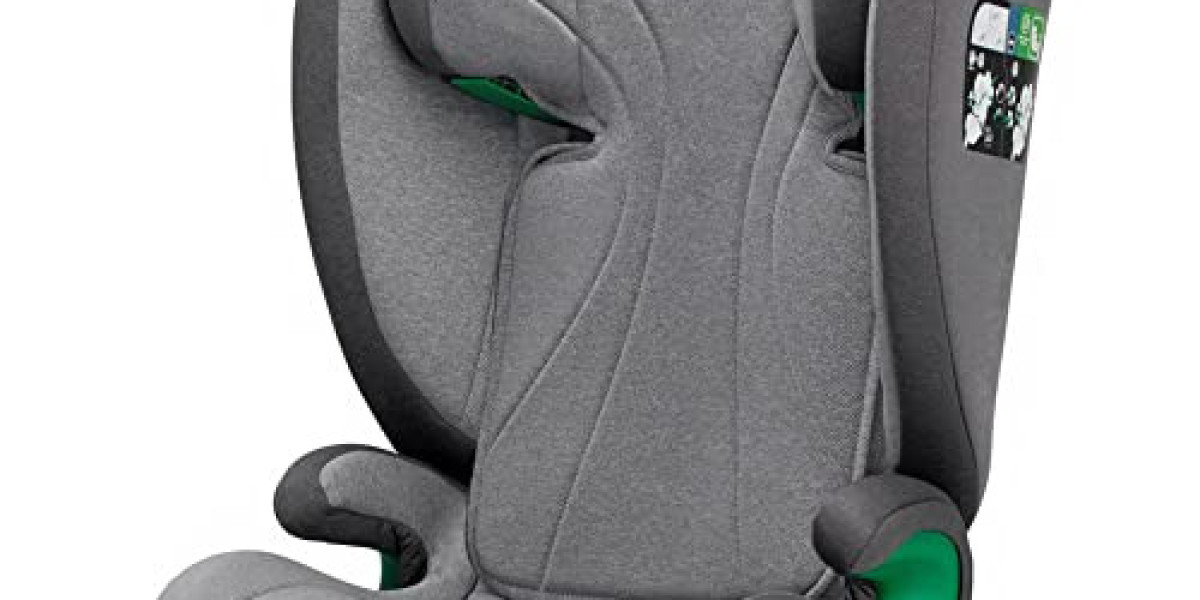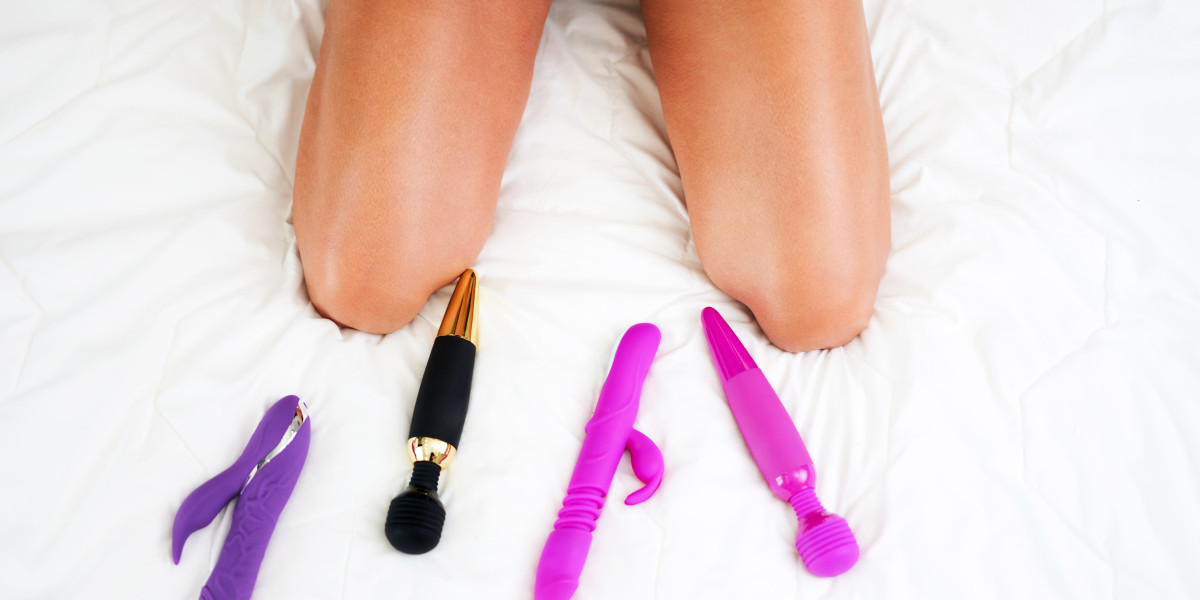Understanding Pushchairs and Prams: A Comprehensive Guide
When it comes to baby mobility, the terms "pushchair" and "pram" are typically used interchangeably. However, they represent unique types of baby providers, each engineered for specific phases of a kid's advancement and differed parental needs. This short article delves into the crucial differences in between pushchairs and prams, their functions, types, and considerations for brand-new moms and dads.
What is a Pushchair?
A pushchair, typically called a stroller in some areas, is developed for children who can sit up independently. Typically, pushchairs are modern-day, lightweight, and have a seat that can be reclined for included convenience. They might also feature a five-point harness to guarantee the child's security while on the go.

Key Features of Pushchairs
- Lightweight Design: Most pushchairs are made from lighter materials, making them simple to steer and transfer.
- Adjustable Seats: Many models provide recline options, dealing with resting or active positions.
- Canopy: Most twin pushchairs come geared up with a sunshade or canopy to safeguard the child from sun exposure.
- Storage Space: They usually consist of a lower storage basket, perfect for holding diaper bags or shopping.
Typical Types of Pushchairs
- Standard Pushchairs: Traditional choices suitable for children who can sit separately.
- Umbrella Strollers: Lightweight, compact, and simple to fold; suitable for traveling.
- All-Terrain Strollers: Built with bigger wheels for off-road abilities and smooth rides on diverse surfaces.
- Travel Systems: Combines a stroller and a baby car seat, permitting parents to move their kid effortlessly.
What is a Pram?
A Pram Uk, brief for "perambulator," is primarily designed for infants, normally from birth till around 6 months. Prams are structured with a flat lying position that supports a newborn's anatomy, guaranteeing they are nestled effectively.
Key Features of Prams
- Flat Bed Design: Prams have a completely flat bed, which is essential for young babies who need to lie flat for comfort and health.
- Stylish Aesthetics: Many prams boast vintage or classic styles, often seen with luxurious fabrics and attractive finishes.
- Suspension System: Quality prams often include a suspension system to supply a smoother ride over rough terrain.
- Extended Canopy: Extended sun security and rain covers are common.
Common Types of Prams
- Traditional Prams: Featuring a standard style, these are frequently styled to evoke nostalgia.
- Convertible Prams: These can rapidly switch from a pram to a pushchair and generally grow with the kid.
- Light-weight Prams: More compact than standard prams, making them simpler to transport.
Differences Between Pushchairs and Prams
| Function | Pushchair | Pram |
|---|---|---|
| Usage Case | For children who can sit up | For newborns and infants |
| Style | Upright seat with reclining alternative | Flat bed for resting |
| Weight | Generally lighter | Much heavier due to tough building |
| Density | Folds easily and compactly | Might be bulkier, depending on design |
| Age Range | 6 months to 4 years or older | Birth to roughly 6 months |
| Price Range | More cost effective alternatives available | Frequently more pricey due to products and style |
Choosing Between a Pushchair and Pram
When choosing in between a twin pushchair and a pram, several factors require consideration:
- Age of the Child: Newborns require a pram; older babies and young children will be more comfy in a pushchair twin.
- Way of life Needs: Parents who travel often might choose light-weight cheap pushchairs, while those searching for convenience in style might favor prams.
- Budget plan: Prams can vary from moderately to costly; trustworthy pushchairs can accommodate budget-conscious shoppers.
- Storage Space: Consider how easily the chosen design can suit your car trunk or home storage.
FAQs
Q1: Can I utilize a pushchair for a newborn baby?
While specific pushchairs are designed with reclining functions that might accommodate babies, it is usually suggested to utilize a pram or specifically created baby safety seat for newborns.
Q2: Are travel systems worth the investment?
Travel systems can supply benefit by integrating a safety seat and a stroller. They permit seamless transition from vehicle to stroller, which lots of moms and dads find important.
Q3: How do I maintain my pushchair or pram?
Regularly tidy the fabric, look for mechanical problems, and lube the wheels. Make certain to follow specific care guidelines provided by the producer.
Q4: What is the weight limitation for pushchairs and prams?
Weight limits differ by model: usually, pushchairs accommodate approximately 50 pounds, while prams fit babies as much as 30 lbs. Always describe the producer's guidelines.
Q5: Is it important to have a rain cover for my pushchair or pram?
Yes, a rain cover can secure your kid from rain and wind, maintaining comfort while avoiding damp clothing.
In summary, pushchairs and prams serve essential but unique functions in the mobility landscape for moms and dads and caretakers. Selecting the right design depends on the kid's age, way of life requirements, and household preferences. By comprehending the attributes, benefits, and distinctions in between pushchairs and prams, moms and dads can make educated decisions that ensure convenience and security for their child. Whether strolling through the park or browsing busy streets, the perfect mobility service is out there waiting.








